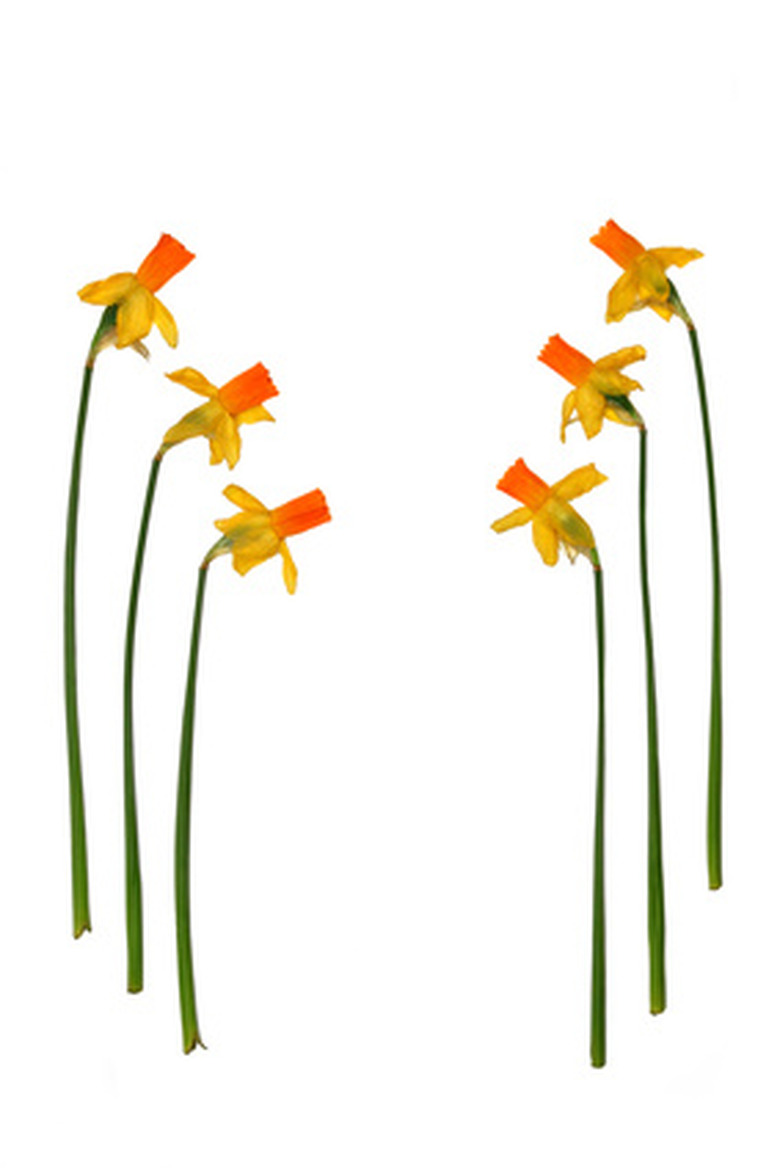The History Of Pressed Flowers
Preserved flowers appear around the world in a variety of settings. Pressing flowers is a simple form of preservation that doesn't require any chemicals. Pick flowers when they're fresh, and let them set at room temperature so they have no dew remaining on the petals. Put each flower between two pieces of paper in a large book that you no longer need. Weigh the book using other tomes. Flowers generally dry in about two to three weeks.
Ancient Civilization
Flowers appear in the burial grounds and artistic renderings of various cultures. Egyptians often used petals for everything from scenting a house to perfume. Flowers also appeared in religious ritual, particularly for preparing the dead for the afterlife. "National Geographic" noted that archaeologists unearthed pressed laurels and garlands in the 3,000-year-old coffin of Tutankhamun's mother.
- Preserved flowers appear around the world in a variety of settings.
- Pick flowers when they're fresh, and let them set at room temperature so they have no dew remaining on the petals.
1500s
Oshibana, the art of pressing flowers in such a way as to make a whole picture, dates back to the 16th century, according to Japan Today. In this artistic rendering system, a leaf might become a mountain or a white petal turned into snow through meticulous arrangement. The artist uses pressed plants in whole or part until completing an image. When Japanese exchanges with Europe increased in the early Victorian era, the art became fashionable in both England and America.
1890s
Pressed flowers appear in various news reports throughout history. In 1891, for example, the Rochester Academy of Science reported that Mr. Streeter exhibited pressed flowers from Alaska, including clematis and larkspur. The writings stated that he showed a plant similar to the dwarf cornus, possibly the crackerberry (Cornus canadensis).
- Oshibana, the art of pressing flowers in such a way as to make a whole picture, dates back to the 16th century, according to Japan Today.
- In this artistic rendering system, a leaf might become a mountain or a white petal turned into snow through meticulous arrangement.
It's also during this time frame that period scrapbooks were filled with pressed flowers of many sorts, including pansies, violets and geraniums.
Early 1900s
Victorian ladies created pictures out of dried pressed flower parts combined with ribbons. Throughout the era, the art of pressing flowers became increasingly popular. Slipping petals or a whole flower into a book became a way of preserving a special gift or moment.
It was during this era that the son of a German missionary, Frederick Vester, assembled a lovely volume called "Flowers of the Holy Land." This tome features pressed flowers from Jerusalem inside a beautiful wooden cover. The book is currently part of the Dr. W. Martin Wadewitz Book Collection.
- It's also during this time frame that period scrapbooks were filled with pressed flowers of many sorts, including pansies, violets and geraniums.
1990s
A pressed flower artist by the name of Nobuo Sugino began making trips abroad in 1993. He collected pressed flower pieces wherever he could find them. These works eventually became part of the "International Pressed Flower Art Book" in 1997. As of 2010, Mr. Sugino remains the President of the International Pressed Flower Art Society, which provides education and encouragement for pressed flower creations around the world.
